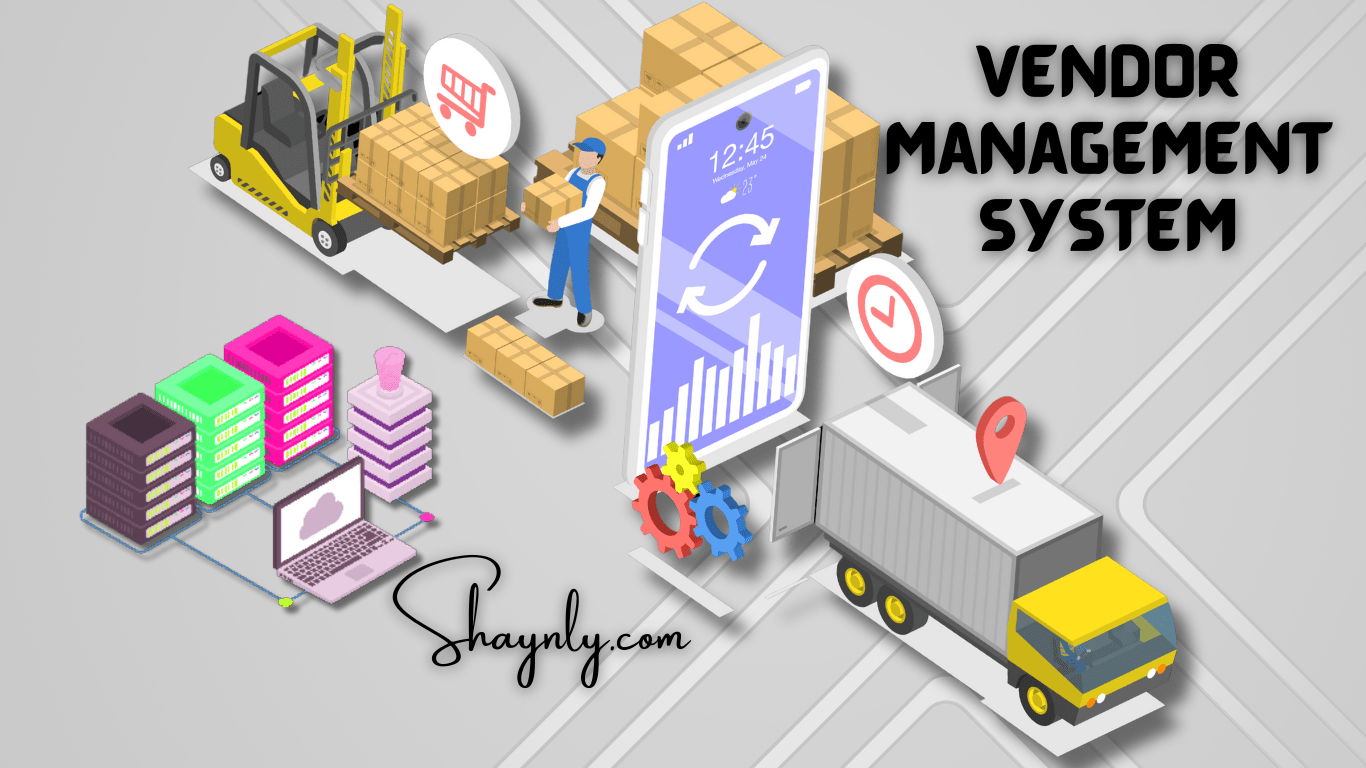In the dynamic landscape of business operations, managing vendors efficiently has become a crucial aspect of success. A well-implemented Vendor Management System (VMS) can be a game-changer, streamlining processes and ensuring optimal performance. This article delves into the world of vendor management, exploring its significance, key features, benefits, challenges, and the path to selecting the right VMS for your business.
What is a Vendor Management System (VMS)?
Before we dive deeper, let's establish a foundational understanding. A Vendor Management System, or VMS, is a technology-driven solution that assists businesses in managing their relationships with external vendors. It provides a centralized platform for activities such as procurement, contract management, and performance tracking.
Importance of Vendor Management
Efficient vendor management goes beyond mere cost control. It fosters collaboration, ensures compliance, and promotes accountability. As businesses expand their networks and rely on diverse vendors for various services, the need for a systematic approach to vendor management becomes paramount.
Key Features of an Effective VMS
Automation
A robust VMS automates routine tasks, reducing manual efforts and minimizing errors. From purchase orders to invoice processing, automation streamlines operations, allowing teams to focus on strategic activities.
Centralized Data
One of the hallmarks of a good VMS is its ability to centralize data. This ensures that all relevant information, from contracts to performance metrics, is easily accessible. Centralization enhances visibility, enabling better decision-making.
Performance Tracking
A VMS should offer tools for tracking and evaluating vendor performance. This involves metrics such as delivery times, quality of service, and adherence to contractual agreements. Performance tracking enables businesses to identify top-performing vendors and address any issues promptly.
Benefits of Implementing a VMS
Cost Savings
Effective vendor management contributes to cost savings by optimizing procurement processes, negotiating better contracts, and identifying areas for efficiency improvements.
Improved Efficiency
Automation and centralized data contribute to increased efficiency. Tasks that once took hours can now be completed in minutes, allowing teams to focus on strategic initiatives.
Risk Mitigation
A VMS helps mitigate risks associated with vendor relationships. By tracking performance and ensuring compliance, businesses can identify and address potential issues before they escalate.
How to Choose the Right VMS
Scalability
Consider the scalability of the VMS to ensure it can grow with your business. A system that can adapt to changing needs and increasing vendor relationships is essential for long-term success.
Integration Capabilities
The ability to integrate with existing systems is crucial. A VMS should seamlessly connect with other tools and software used in your organization to ensure a smooth workflow.
User-Friendly Interface
Opt for a VMS with an intuitive interface. User-friendly systems are more likely to be embraced by your team, leading to better adoption rates and overall success.
Challenges in Vendor Management
Data Security
Protecting sensitive data is a constant challenge in the digital age. A VMS must have robust security measures to safeguard information and maintain the trust of all stakeholders.
Vendor Compliance
Ensuring vendors adhere to contractual agreements and compliance standards is a persistent challenge. A VMS should include features that monitor and enforce vendor compliance.
Implementing a VMS requires changes in processes and workflows. Resistance to change can impede success, making change management a critical aspect of VMS implementation.
Future Trends in Vendor Management
As technology evolves, so does the landscape of vendor management. Explore emerging trends, such as artificial intelligence in vendor selection, blockchain for secure transactions, and predictive analytics for proactive risk management.
Enumerate common pitfalls in vendor management and provide guidance on how to avoid them. These could include neglecting vendor relationships, overlooking contractual details, or underestimating the importance of data security.
Conclusion
In conclusion, a well-implemented Vendor Management System is a strategic asset for businesses navigating the complex terrain of vendor relationships. From cost savings to improved efficiency, the benefits are manifold. As the business landscape evolves, embracing a comprehensive VMS becomes not just a choice but a necessity.
FAQs
How does a VMS improve efficiency?
A VMS improves efficiency through automation, centralized data management, and performance tracking, reducing manual efforts and streamlining operations.
What challenges can arise in vendor management?
Challenges in vendor management include data security, vendor compliance, and change management during system implementation.
Is scalability important in choosing a VMS?
Yes, scalability is crucial. A VMS should be able to grow with your business, adapting to changing needs and increasing vendor relationships.
